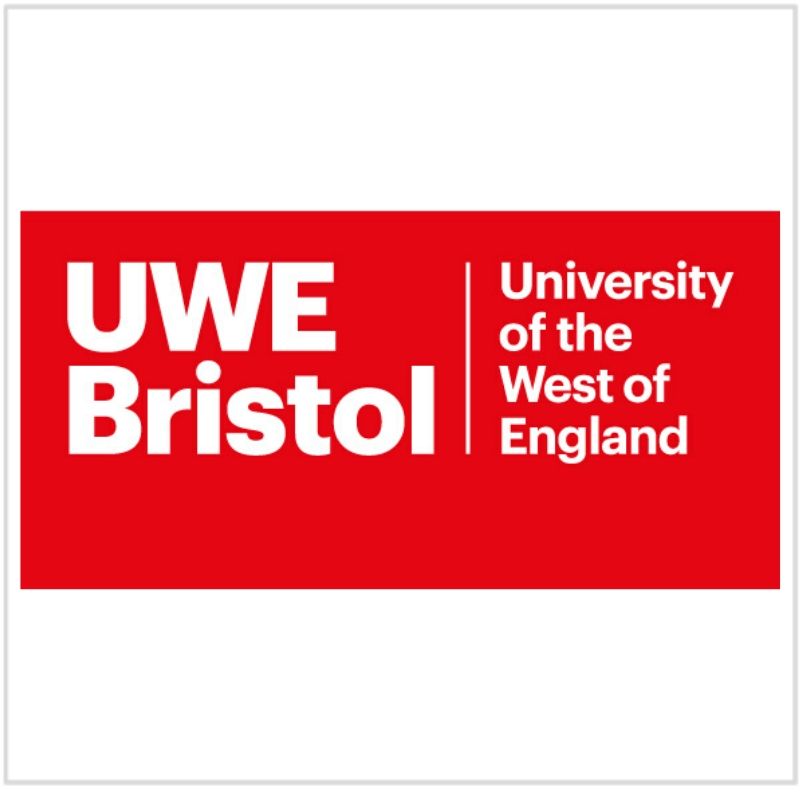The Bristol demonstration within REPLICATE is informed by the Mayor’s Vision and supporting Bristol’s One City Plan, which concentrates on six main areas (Connectivity, Economy, Environment, Health and Wellbeing, Homes and Communities, and Learning and Skills) which describe where we want to see Bristol by 2050, and how city partners will work together to create a fair, healthy, and sustainable city.
All of the interventions in Bristol are being supported by an in depth citizen engagement programme that is looking to involve citizens at every stage of the development and deployment of the demonstration. The project’s engagement actions have been done through on the Bristol Approach that is based on a 6 step framework working with the community and using the technology as an enabler to solve issues addressed by them. They were actively involved in design, testing and evaluation of the solution.
REPLICATE touches upon all of these priorities but particularly the priorities of Addressing Inequalities, Active Citizens, Keep Bristol Moving, Global Green Capital, and Healthy and Caring Bristol.
People in the areas of Ashley, Easton and Lawrence Hill in Bristol are trialling new technologies to help them save energy and money, and explore new ways of travelling, as part of the EU-funded research project REPLICATE. The project is researching how smart technology benefits local people and neighbourhoods. The trial aims to reduce energy use, rethink transport choices and use infrastructure, such as vehicle’s charging points, in new ways. There are plenty of opportunities for local people and community groups to get involved and shape the initiatives together.
Bristol’s activities are focusing on the Ashley, Easton and Lawrence Hill Neighbourhood Partnership area. Neighbourhood Partnerships are bringing public sector decision making to a local level, so local residents influence their neighbourhood improvements.
This area is the largest in Bristol with 50,600 residents. The population of this partnership has the highest percentage of black or minority ethnic citizens (BME) with 44% of BME residents where the city average is 16%. Its population is growing fast, since 2001 around 30% of all new household spaces in Bristol have been located here; 51% of all accommodation are flats, and Bristol average is 20%.
Ashley, Easton and Lawrence Hill have the lowest levels of car availability in the city with 46% of households with no car (Bristol average being 29%). Even so, the perception of air pollution problems and noise from traffic is highest in the city.
Many deprivations resulted in the area being granted European Union Objective 2 status and ‘New Deal for Communities’ status by the UK government. Despite these, it is recognised as a cohesive, dynamic and vibrant part of the city with a strong, active and creative community.
The vision is to make the Ashley, Easton and Lawrence Hill Neighbourhood Partnership area clean, green, safe, healthy and prosperous. The Bristol demonstrator is led by Bristol City Council working in partnership with the city’s universities and eight other local and international partners.
Emerging business models are being developed and demonstrated to ensure sustainability of actions in Bristol beyond the term of the REPLICATE project, and to assist ingenerating a feasible business case for wider uptake.
All of the interventions within Bristol are being supported by an in depth citizen engagement programme that is looking to involve citizens at every stage of the development and deployment of the demonstration.
All the project’s engagement actions have been done through on the Bristol Approach that is based on a 6 step framework. They have gone through the 6 step framework working with the community and using the technology as an enabler to solve issues addressed by the community who were actively involved in design, testing and evaluation of the solution.


















